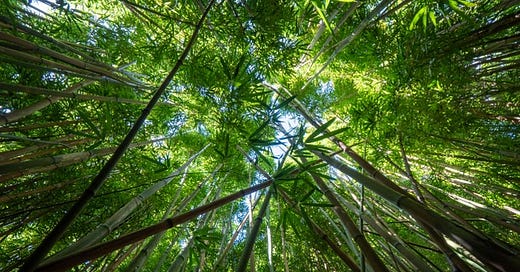by Lucretia Berry
“They shall beat their swords into plowshares, and their spears into pruning hooks” – Isaiah 2:4
As parents, educators, scholars, creatives, and teacher leaders, we are advantaged to strategically foster education that inspires a culture of authentic liberation, justice, and belonging for all. But because of the institutional inequality we’ve inherited, along with the current resistance emboldened by White supremacy, actualizing such a culture shift may seem impossible. So we have a choice: we can either suppress growth to remain committed to disregarding race/ism, or we can convert that energy into creating opportunities and spaces where every child can be seen, safe, valued, and inspired.
We can choose to reconstruct resources once weaponized exclusively to maintain White dominance (schools, curricula, neighborhoods, churches, policy-making) into gardening tools to uproot systemic inequality and cultivate transformation.
We can rebuild what racism has ruined.
We can become known as repairers of broken thinking and spaces, where no one is denied dignity and where everyone can exhale and feel at home.
We don’t have to pretend that growth occurs only during sunny days, either. Rainy days, though less favorable, are necessary for the seed’s potential to be realized. As we’ve tilled and planted, we’ve experienced many rainy days that feel like setbacks. Remember, a setback can be a setup to come back and overcome. Did you know that grass is greener after a thunderstorm? Grass needs nitrogen but is unable to absorb it from the air. Rain forces nitrogen to the ground where microorganisms convert it in the soil. During a thunderstorm, lightning instantly creates nitrogen oxide, which grass absorbs immediately without the help of microorganisms. Oftentimes, overcoming obstacles requires us to invoke creativity, to change our thinking, and to shift our practices. You need both the sun and thunderstorms.
So that we don’t quit, we can liken our growth to that of the Chinese bamboo tree. In its first year, the Chinese bamboo tree shows no visible signs of active growth. In the second year, there are no visible signs of growth above the soil. In year three, we see nothing. And in the fourth year, still nothing. At this point, we may wonder if the seed was rotten or perhaps the soil was rocky. We may begin to wonder if we have wasted our time and effort. Finally, in the fifth year, we begin to see the Chinese bamboo tree peeking through the soil. Then, the seed that we had almost given up on grows 80 feet in just 6 weeks. During the 4 years it seemed to be dormant, the tree was actually developing a root system strong enough to support its potential for outward growth in the fifth year and beyond. Had the seed, soil, and root not developed a strong underground foundation, the Chinese bamboo tree could not have sustained its life as it grew.
The same is true of our growth. We must value and appreciate the early stages—understanding our environment, ourselves, our histories, and our potential. Skipping the groundwork forfeits and forsakes the bloom. Each stage of growth has something significant to offer.
We reap what we sow. Several generations passed between when Thomas Jefferson first suggested a theory of race in the United States (the seed) and when race became fixed and normalized within our national conscience (the harvest). We are now within the generation that is moving to understand how race/ism has worked against all of us. We are in a prime time for cultivating the just society we long for. If we are strategic, intentional, and committed, we will experience the bud bloom.
Excerpt adapted from Teaching for Justice & Belonging: A Journey for Educators & Parents by Tehia Starker Glass and Lucretia Carter Berry.
Lucretia is the visionary founder of Brownicity.com, whose mission is to foster learning designed to inspire justice and belonging for all. A former college professor, a wife, and mom of 3, she brings scores of experience to serve the public with her books, TED Talk, courses, and coaching, quelling fears and inspiring hope.








I love this; so much to chew on, and perspective to shape the seasons we cycle through in life.
This is beautiful! Thank you for this post. There is growth in stillness.